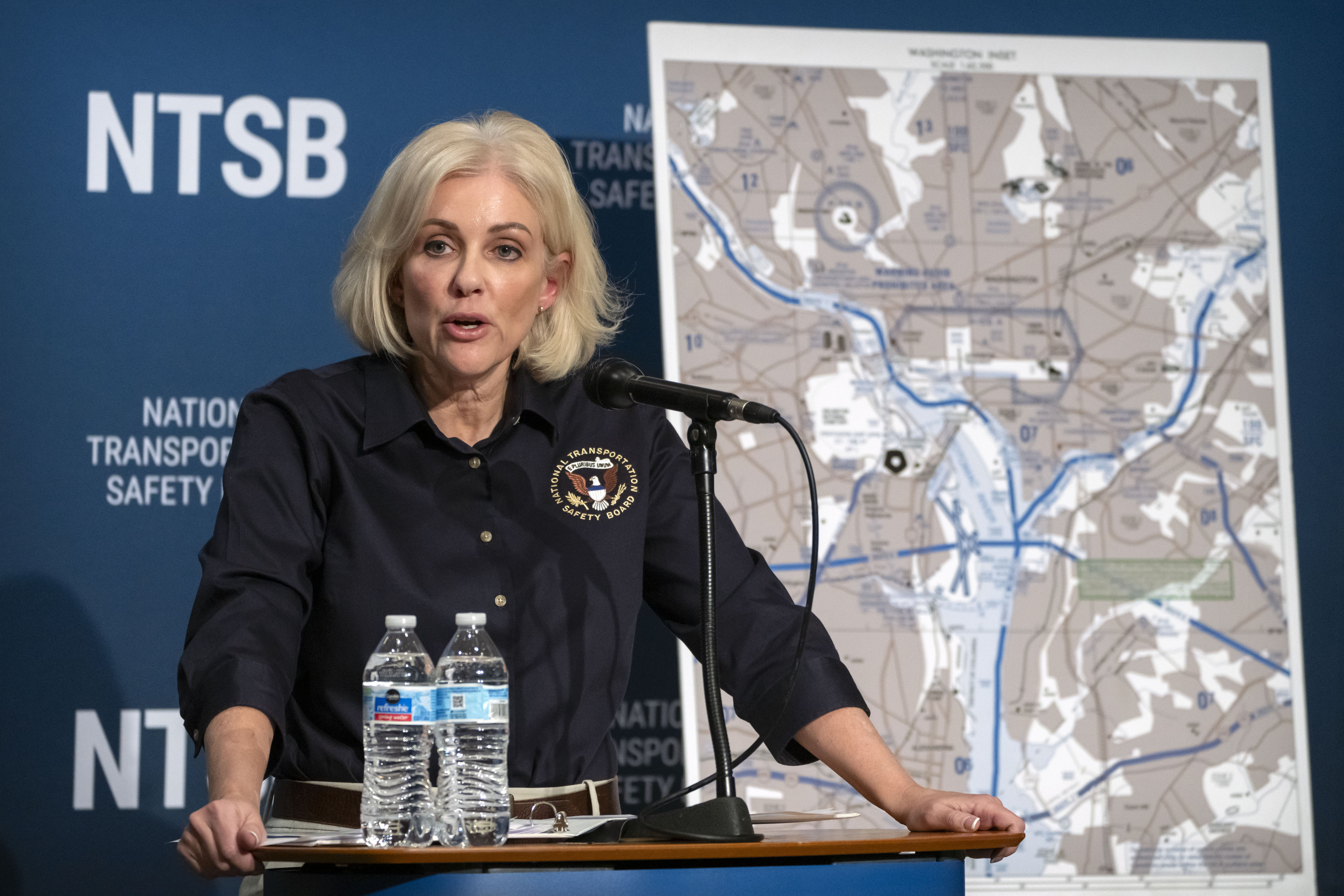The plane crash that left 67 dead last January in Washington may have been caused by "erroneous altitude data" of the helicopter, stated Jennifer Homendy, Chair of the National Transportation Safety Board (NTSB), in a press conference after concluding the on-site investigation.
On January 29, a regional plane carrying 64 people and a military helicopter with three passengers on board collided near the Ronald Reagan National Airport in the capital.
"We are looking into the possibility of erroneous data. We are checking if there was something in the cockpit that differs from the Flight Data Recorder (FDR)," said NTSB Chair Jennifer Homendy at a press conference after concluding the on-site investigation.
Specifically, the helicopter pilots "might have thought they were at one altitude when they were actually at another," she added.
"We still have a lot of work to do before we can confirm that," Homendy clarified before ensuring that "there will be an answer."
It is also believed that the helicopter crew was wearing night vision goggles during the flight. When asked about the importance of this discovery, the chairwoman said that visibility will be a significant factor in the next steps of the investigation.
"We will have to determine what they could see at the moment before the collision," she stated. "We have no indication that the helicopter crew saw" the plane, she pointed out.
To determine this, NTSB is conducting visibility checks, but she emphasized that "there is still a lot of work to be done."
Beyond these possible causes, Homendy also suggested that the helicopter crew may not have heard the instructions given from the control cabin.
Homendy stated that 20 seconds before the collision, the control tower asked the helicopter crew if they saw the plane, and 17 seconds before the accident, they ordered them to "pass behind" the aircraft to avoid it.
Despite revealing these details, both the chairwoman and NTSB spokesperson Eric Weiss cautioned that they "would not make any preliminary analysis of the investigation" and asked not to speculate on probabilities.
"Aviation is the safest means of transportation. I often say this, there is a higher risk of accidents when going to and from the airport by car," Homendy concluded.
